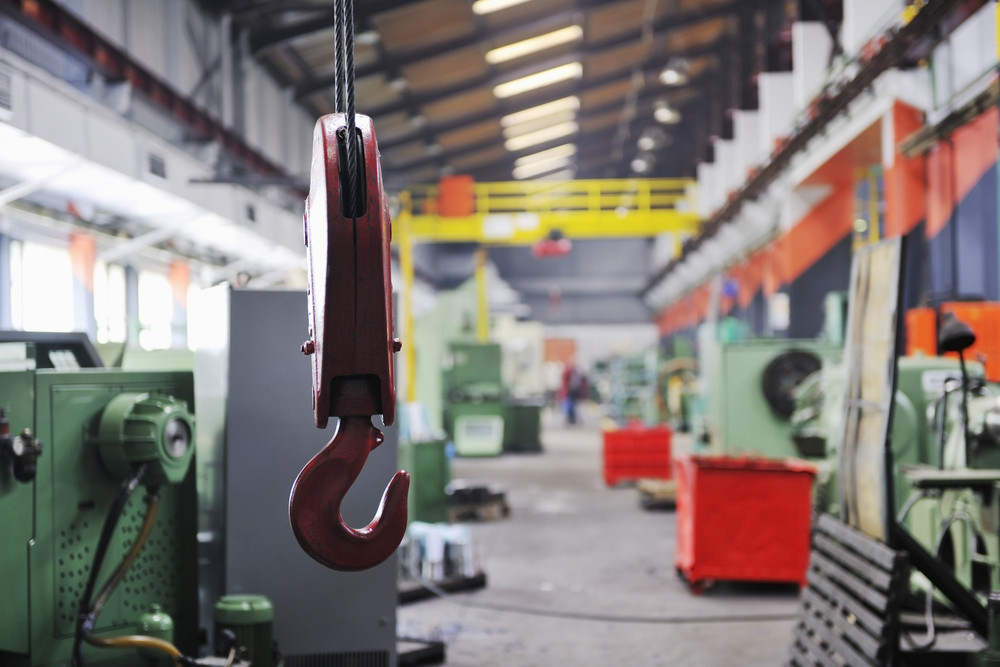Switching to ecologically sound manufacturing best practices can result in savings and improved public opinion of your firm. The industrial sector emits about 20% of greenhouse gases, but your woman-owned business can help reduce that figure. Let’s consider a few easy-to-implement options that your manufacturing plant can use to create a green manufacturing plant.
Conduct an Energy Audit
Work with your utility provider to conduct an energy audit of your facilities. This process identifies sources of energy use and measures each one’s consumption, then totals the energy consumption for an overall kilowatts need. By identifying high-energy-consuming machines and processes, you provide a starting point for the reduction of energy use, which results in monthly savings.
Since the NFPA25 Code requires fire protection systems tests monthly, quarterly, semi-annually, annually, and at five and 10-year intervals, timing the company’s energy audit with a monthly or quarterly functional and visual test offers an easy way to work the audit into your physical plant staff’s regular schedule. Coinciding with the NFPA25 tests and the audit makes sense in the long run, too. Your company will need to set up an energy monitoring program for audit use.
Make Facility Updates
The energy audit identifies machinery and fixtures that need replacing. Sometimes, your manufacturing equipment performs efficiently, but older light fixtures, boilers, or heat, ventilation, and air conditioning (HVAC) systems need replacing. Installing solar panels and/or wind turbines for energy production can reduce energy costs, too. Consider replacing the following:
- Industrial lighting with long-lasting LEDs for an energy reduction of approximately 75%
- Thermostats to smart thermostats for improved control of heating and air conditioning
- Cleaning products containing toxic chemicals with eco-friendly products
As you can see, it takes more than replacing a few machines and light fixtures to green a manufacturing plant!
Implement a Recycling System
The old saying, “reduce, reuse, and recycle,” when implemented properly saves a business money. Conduct a materials use audit to identify what your company needs to reduce, how it could reuse some materials, and what it can recycle. Consider office supplies, cleaning, etc., instead of only materials used in product manufacturing. Implementing proper inventory management can result in production and storage savings. Keep in mind that recycling waste can eliminate some of the nearly 70% of industrial waste disposed of in water bodies, which pollute water supplies.
Alter Production Materials
Instead of using raw materials across the board, switch to recycled materials when you can. Changing just one component from raw to recycled can save your business money and result in more ecological production. Make efforts to match the North American businesses that recycle nearly 69% of all steel annually.
Ask Employees for Ideas
An integral component of every manufacturing improvement system, whether Lean manufacturing, Six Sigma, the Toyota method, or another, comes from constant improvements in productivity and manufacturing processes. Line workers offer the ideal source for ideas on how to improve processes and safety. Accidents create downtime, which negatively affects your company’s productivity, but implementing safer methods improves work culture and reduces accidents. Employees can offer ideas for reorganizing raw materials, storing frequently needed items at their stations, and workstation improvements that create more efficient production methods.
Your business does not need to implement all of these ideas at one time. Choose the one idea that would offer the simplest integration into your company’s manufacturing operation and start with it. When you review the monthly energy audit updates, note the reductions achieved by the change and adjust implementation as needed to maximize energy use reduction. Implement the next change to increase productivity and reduce energy consumption after you become satisfied with the first change.

